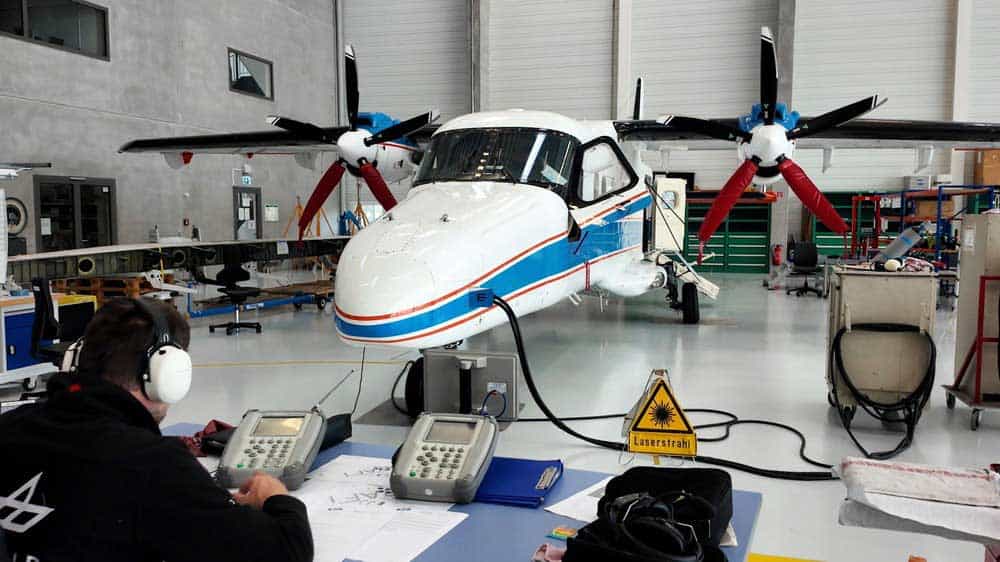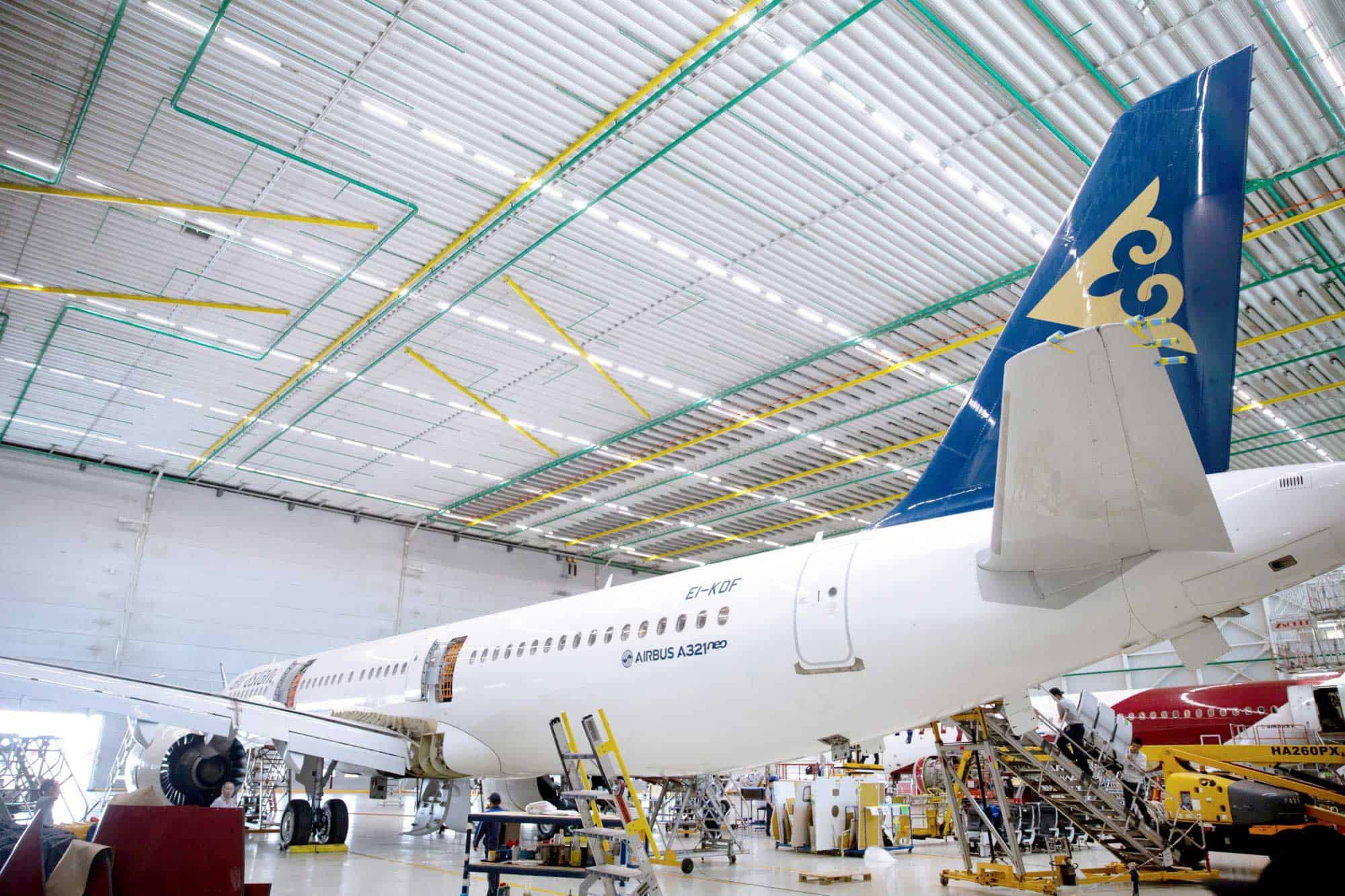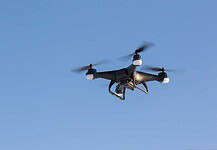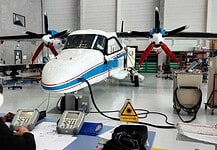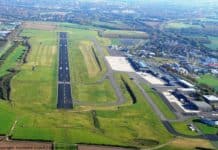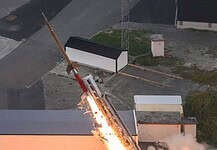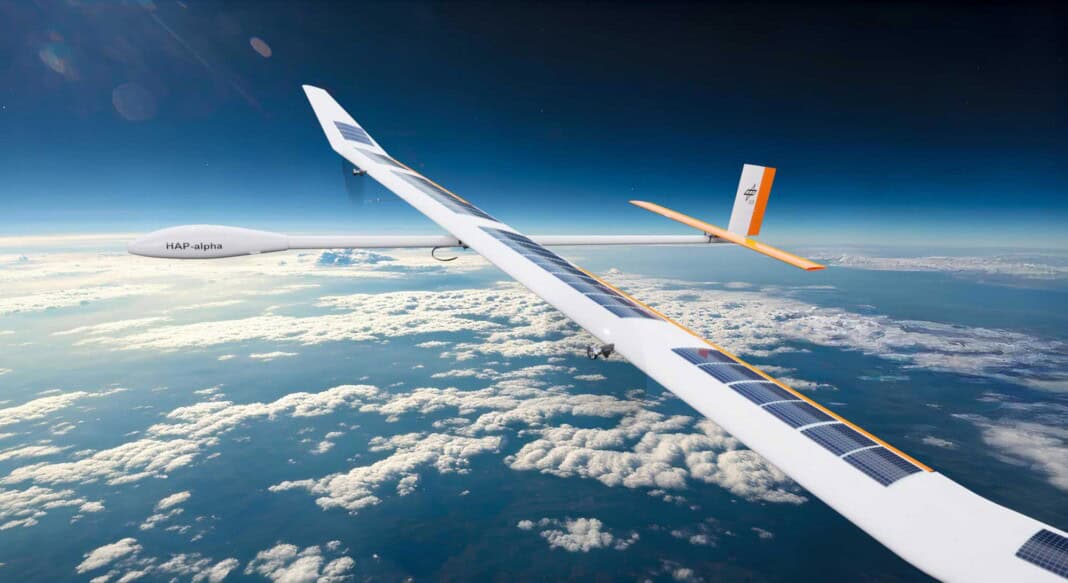
This site is also available on:
Deutsch
Introduction to DLR’s high-altitude flight platforms
High-flying unmanned platforms open up new perspectives in the fields of Earth observation, communications, and environmental monitoring. The German Aerospace Center (DLR) has been working for years on developing such systems, which are intended to operate in the lower stratosphere at altitudes of up to 20 kilometers in the long term. These high-flying solar-powered aircraft are particularly efficient and can carry a wide variety of sensor systems to cover a wide range of applications – from shipping monitoring to disaster management.
The “HAP-alpha” project is the result of this commitment. It is an innovative, solar-powered platform with an exceptionally lightweight design, developed by DLR and manufactured at its Braunschweig site. With a wingspan of 27 meters and a total weight of just 138 kilograms, HAP-alpha surpasses many conventional flight platforms in terms of efficiency and flexibility.
The milestone: Ground Vibration Test
A key step toward HAP-alpha’s flight capability was the recent Ground Vibration Test (GVT) at the National Test Center for Unmanned Aircraft Systems in Cochstedt. This test analyzes and simulates the aircraft’s vibration behavior under demanding conditions to identify critical mechanical resonances that could lead to instability or even structural damage during flight.
The successful completion of the GVT ensures that HAP-alpha can withstand the dynamic loads encountered during flight. This is especially true given its highly flexible and lightweight design, which maximizes efficiency and operational endurance, but is also more sensitive to aeroelastic effects.
During the test, electromechanical excitations were applied to various locations on the flight platform. High-resolution sensors recorded the resulting vibrations, allowing precise modifications to the simulation models. This data is crucial for realistically simulating flight maneuvers, turbulence, and wind gusts, and for adjusting the platform’s controls accordingly.
Significance of the GVT for further development
The ground vibration test is considered an important prerequisite for upcoming flight tests, which – subject to favorable weather conditions – are scheduled to begin at low altitudes as early as next year. Such ground-level flight tests will enable initial basic maneuvers that will evaluate and further improve HAP-alpha’s behavior under real-world conditions.
With HAP-alpha, the DLR not only wants to create a robust and durable aircraft, but also establish a flexible carrier platform for state-of-the-art sensor systems:
- A high-resolution camera system called MACS-HAP (Modular Aerial Camera System High Altitude Platform) allows detailed optical Earth observations.
- The High Altitude Platform Synthetic Aperture Radar (HAPSAR) complements the portfolio with synthetic aperture radar images that provide high-quality data even in poor visibility conditions.
Innovative strength and German technology location
DLR’s commitment to high-altitude platforms underscores Germany‘s role as an innovation leader in aerospace. According to Dr. Markus Fischer, Head of Aeronautics at DLR, the HAP-alpha project demonstrates the institute’s comprehensive systems expertise – from conception and development to the operation of a complex aircraft.
This technology is intended not only to serve science and industry, but also to enable new forms of collaboration and active knowledge exchange with international partners. The successful integration of renewable energies and modular sensor systems in a cross-platform architecture promotes sustainable economic and ecological benefits.
Challenges in developing the high-flying platform
The design of HAP-alpha encompasses many technical challenges. The platform must be extremely lightweight to operate with the limited solar-generated energy resources in the lower stratosphere. At the same time, stability, controllability, and safety during flight are essential, especially given the potentially highly variable wind and weather conditions in this region.
Another focus is on aeroelastic design, which involves testing wings and fuselage for vibration susceptibility. The flexible design often leads to complex vibration behavior that must be carefully modeled and tested – this is where the Ground Vibration Test provides essential insights.
In addition, the sensor systems incorporate high-end technologies that must enable operation in a thinner atmosphere with extreme temperatures. The collected data is collected and processed promptly using optimized evaluation methods that the DLR is also developing in parallel.
Outlook: Flight testing and future applications
With the successful ground vibration test, the DLR team is confident that they will soon be able to initiate the next development steps. The planned initial flight tests at low altitude are intended to provide important reference data for further adjustments. Only then will the project aim to ascend to the targeted flight altitude in the lower stratosphere to test technologies and sensors there over the long term.
The possible areas of application for HAP-alpha and comparable platforms are wide-ranging, including:
- Early warning systems for natural disasters and severe weather
- Long-term monitoring of climate and environmental parameters
- Supporting communication infrastructures in remote areas
- Traffic and shipping monitoring
In terms of sustainability, the solar-powered platform also promises emission-free flights, which represent an environmentally friendly alternative to satellites or large manned aircraft.
Conclusion
With the successful ground vibration test of the high-altitude solar platform HAP-alpha, the German Aerospace Center (DLR) has reached a crucial milestone. These extensive ground tests lay the foundation for upcoming flight tests and confirm the platform’s innovative technical design. With this development, Germany will assume a pioneering role in the global competition for powerful, flexible, and sustainable Earth observation and communications aircraft.
The project is making a significant contribution to the development of future technologies that will generate numerous synergies, from research to industry to societal benefits. The next major challenge will be the successful first flight, which will finally establish HAP-alpha as a high-flying platform and open the door to new applications and collaborations at the international level.

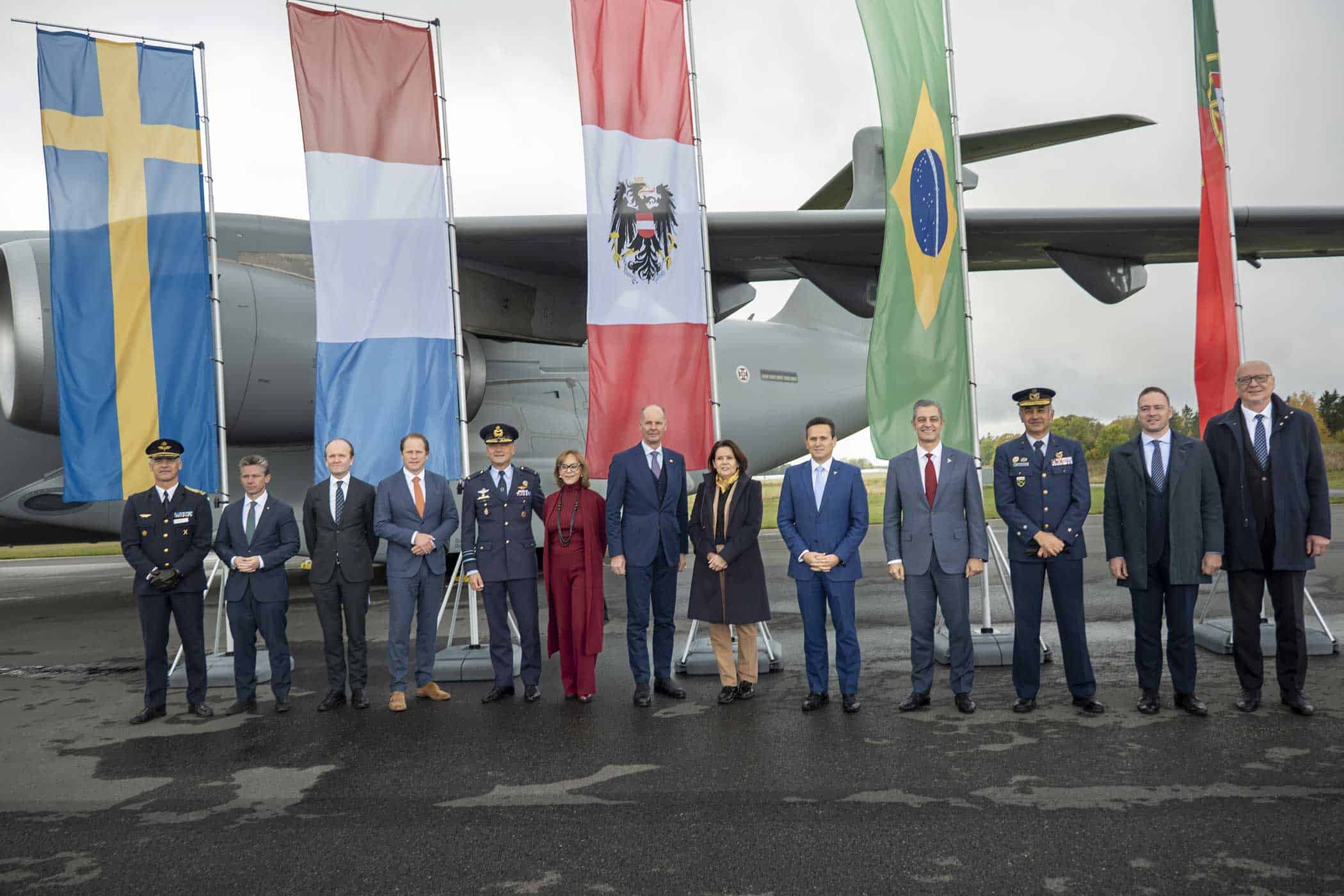 Sweden orders four Embraer C-390 Millennium multi-role aircraft (Sweden orders four Embraer C-390 Millennium multi-role aircraft)
Sweden orders four Embraer C-390 Millennium multi-role aircraft (Sweden orders four Embraer C-390 Millennium multi-role aircraft)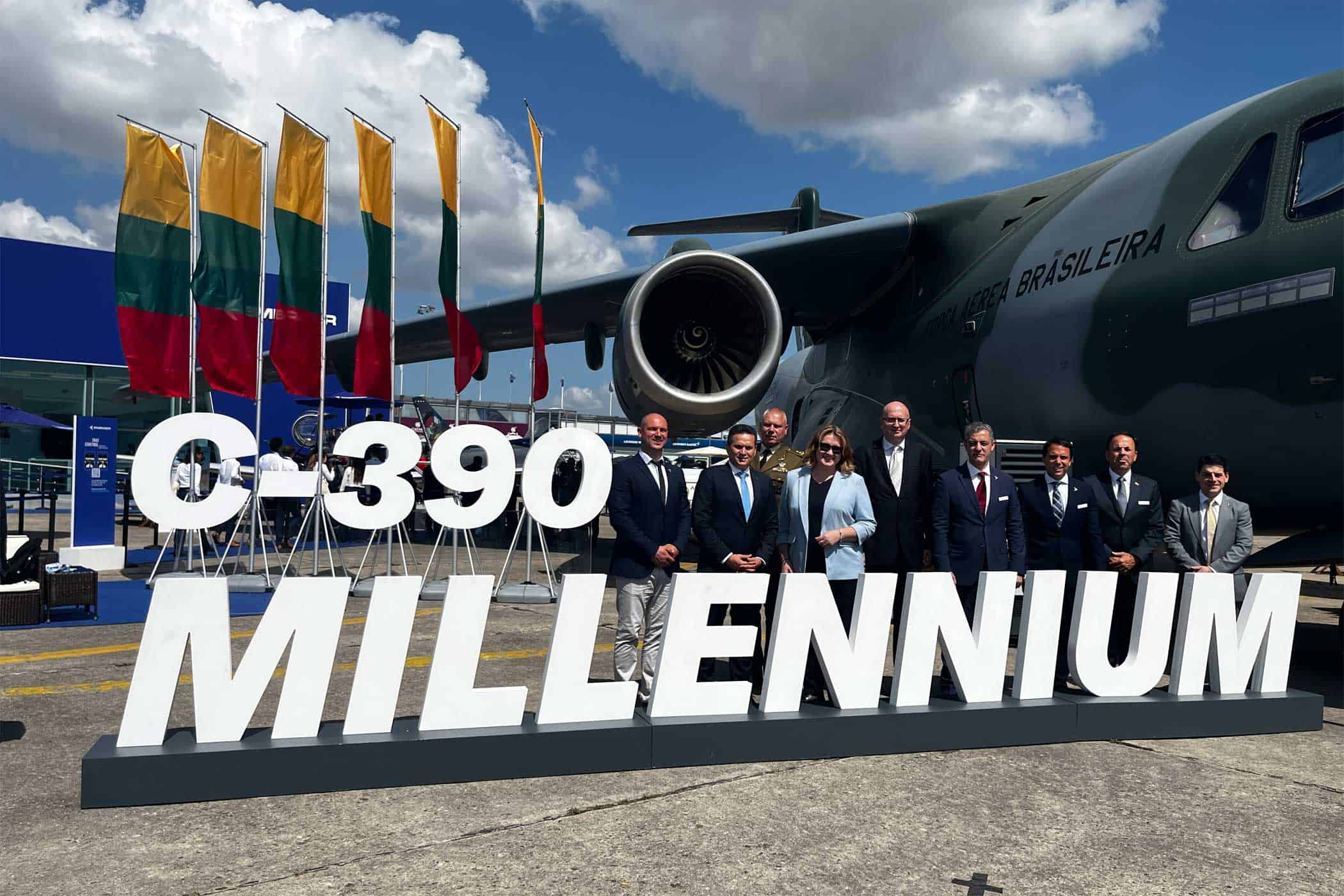 Strategic rearmament: Lithuania relies on Embraer C-390 Millennium (Strategic rearmament: Lithuania relies on Embraer C-390 Millennium)
Strategic rearmament: Lithuania relies on Embraer C-390 Millennium (Strategic rearmament: Lithuania relies on Embraer C-390 Millennium) Piper M700 Fury: One of the most modern single-engine turboprop aircraft in detail (Piper M700 Fury: One of the most modern single-engine turboprop aircraft in detail)
Piper M700 Fury: One of the most modern single-engine turboprop aircraft in detail (Piper M700 Fury: One of the most modern single-engine turboprop aircraft in detail)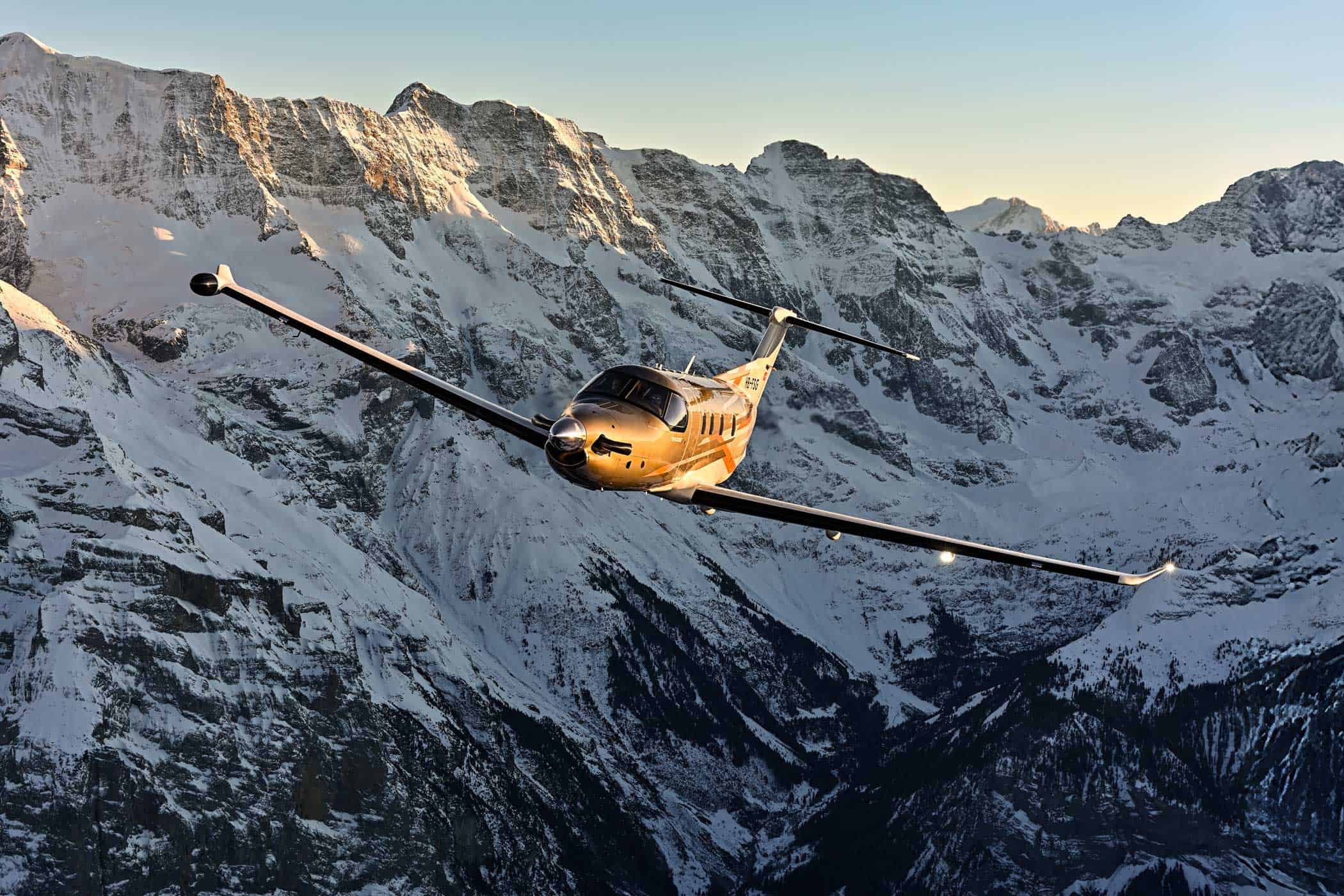 Pilatus PC-12 PRO with new cockpit and “Autoland” (Pilatus PC-12 PRO with new cockpit and “Autoland”)
Pilatus PC-12 PRO with new cockpit and “Autoland” (Pilatus PC-12 PRO with new cockpit and “Autoland”)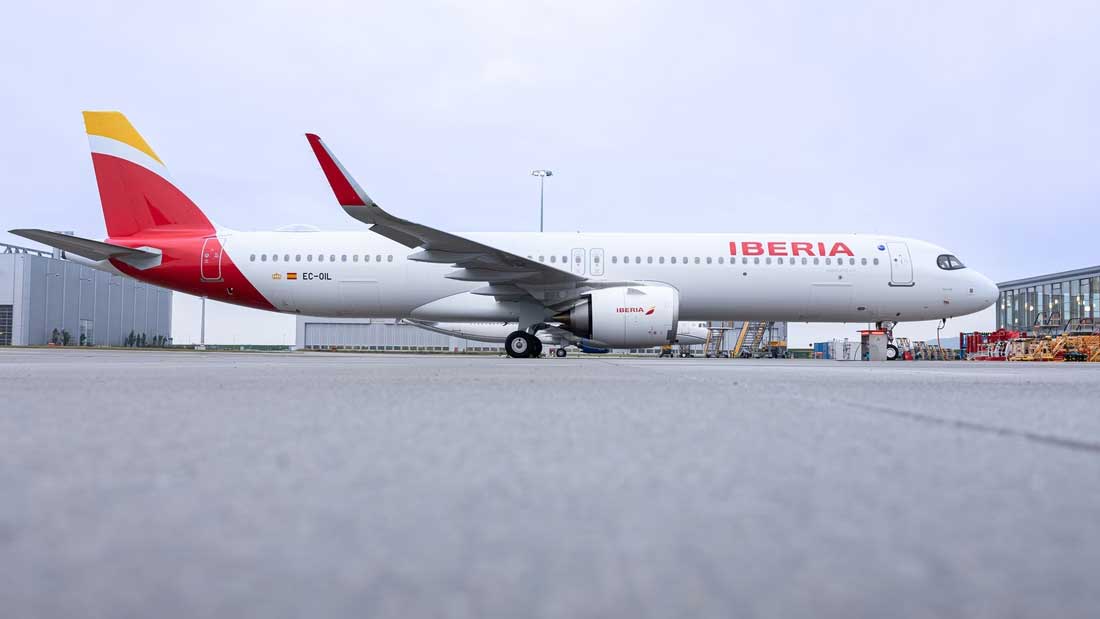 Iberia receives the world’s first Airbus A321XLR (Iberia receives the world’s first Airbus A321XLR)
Iberia receives the world’s first Airbus A321XLR (Iberia receives the world’s first Airbus A321XLR)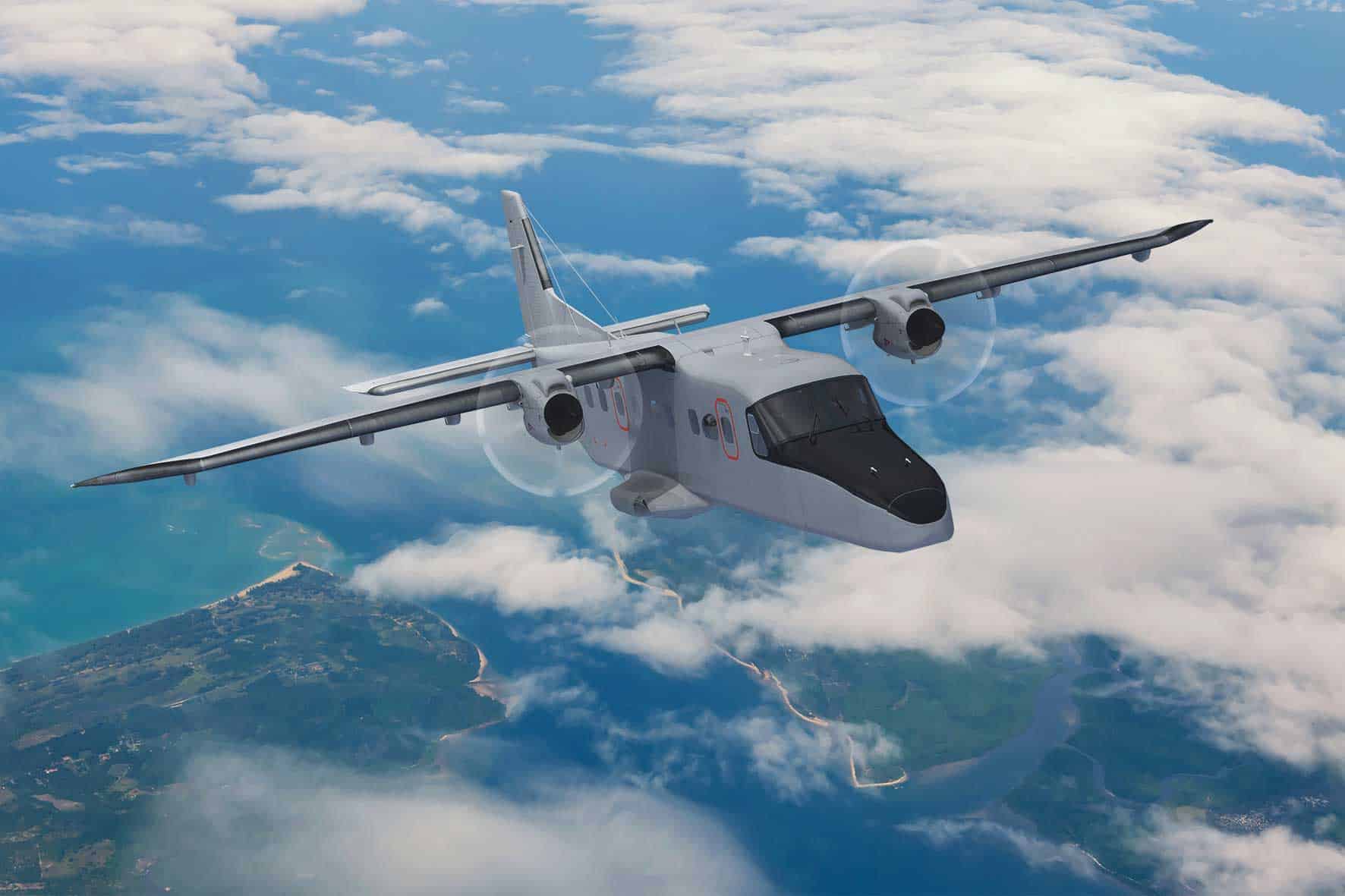 General Atomics announces new Do228 NXT for special missions (General Atomics announces new Do228 NXT for special missions)
General Atomics announces new Do228 NXT for special missions (General Atomics announces new Do228 NXT for special missions)
